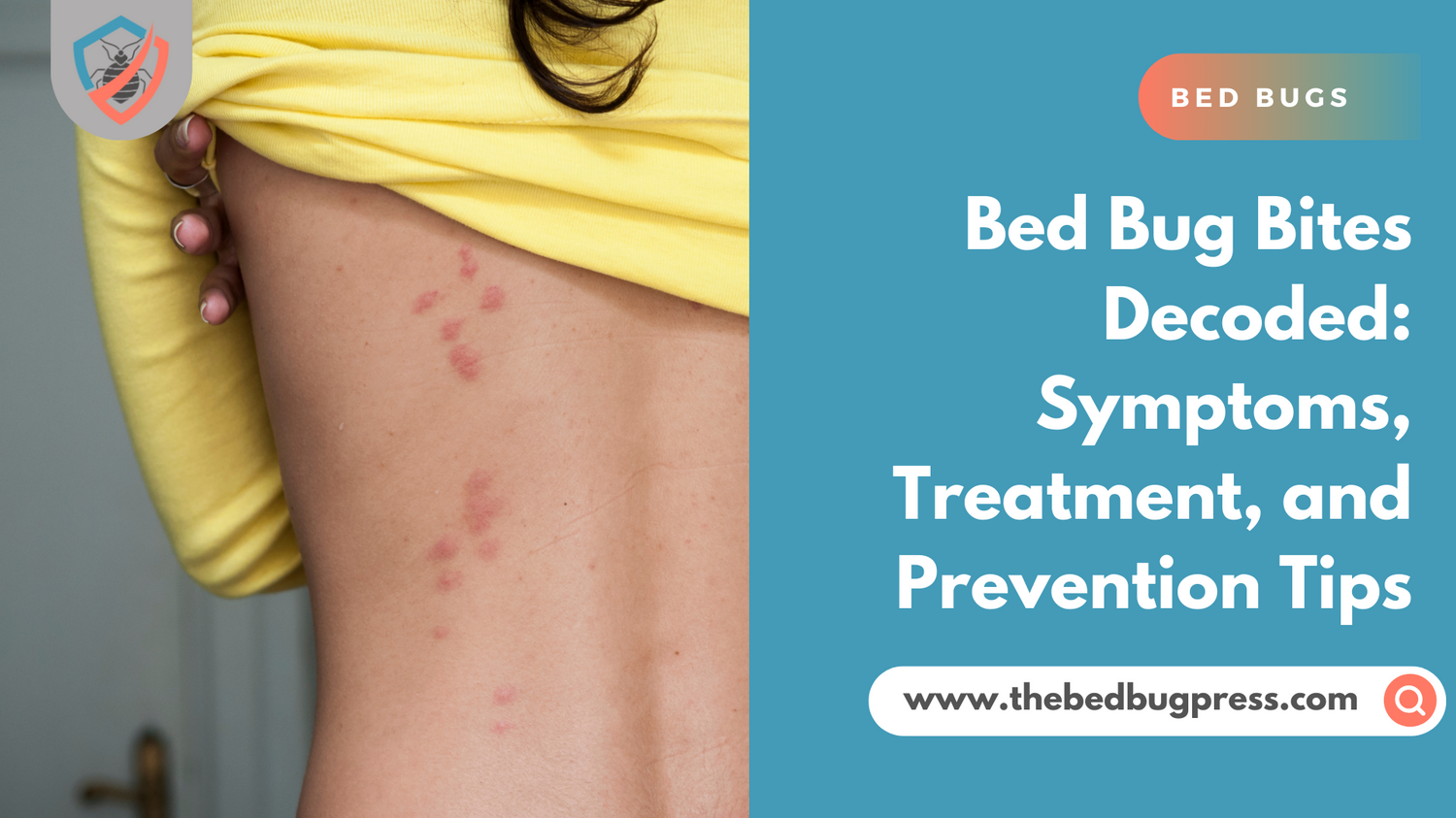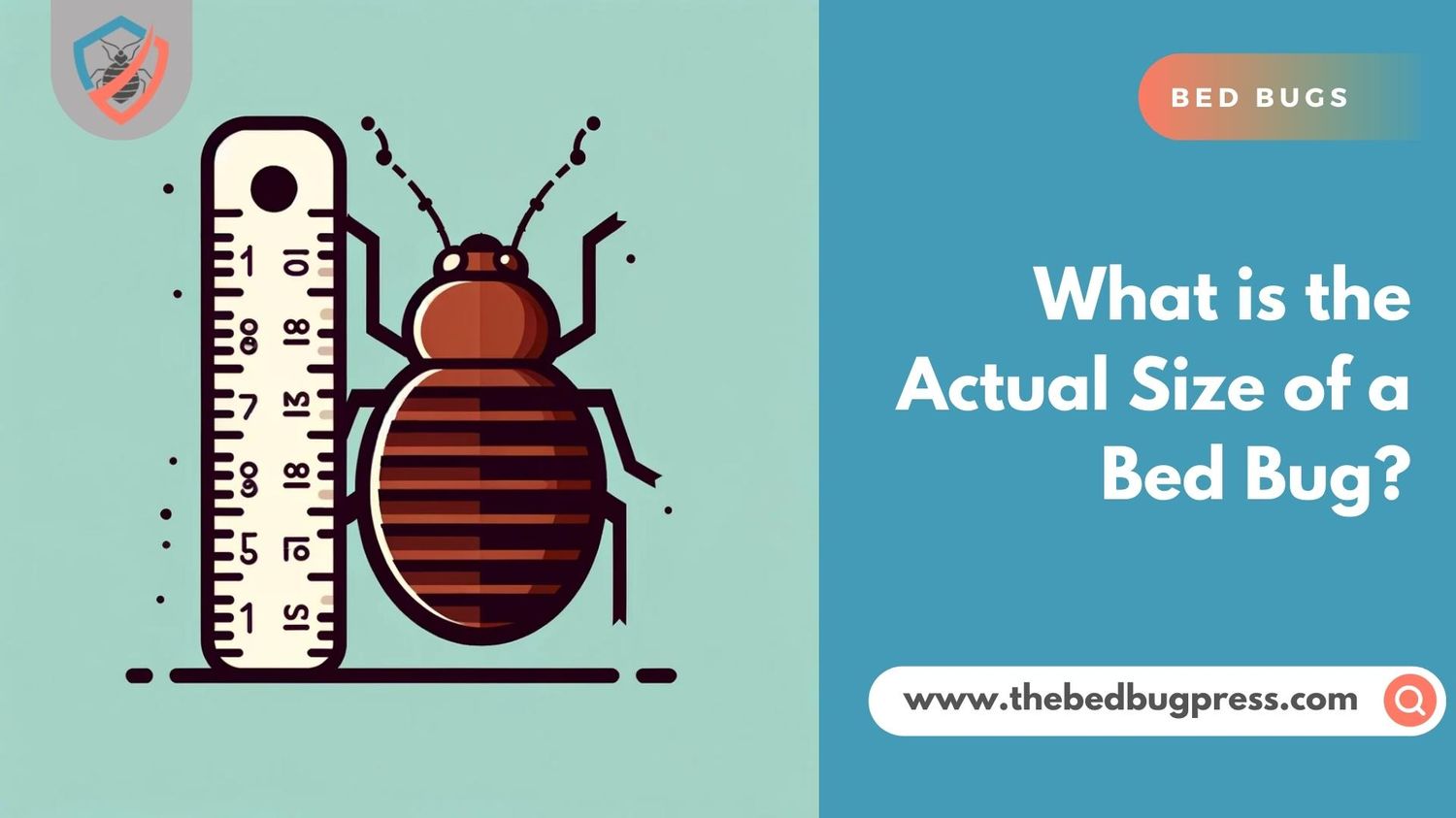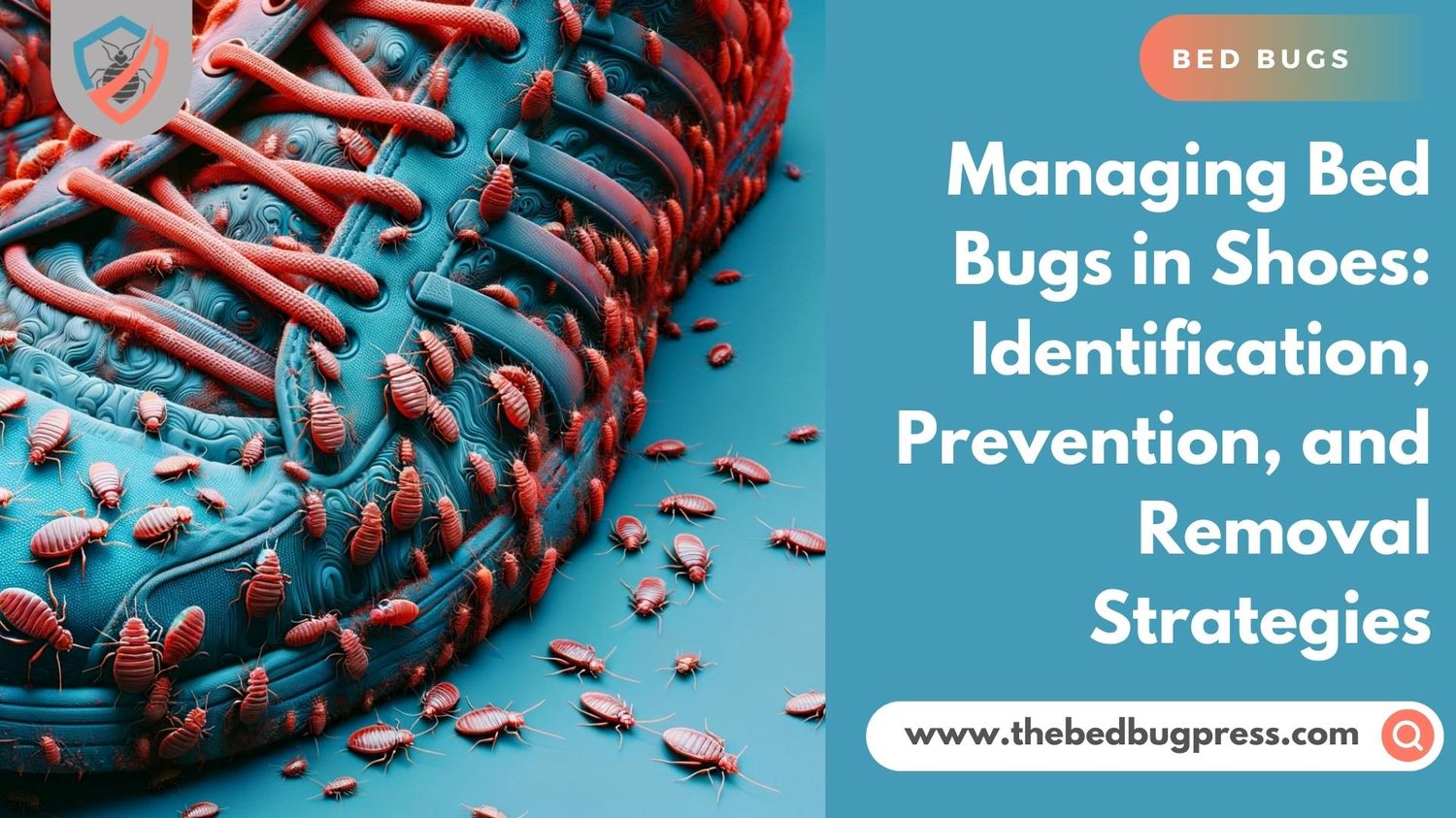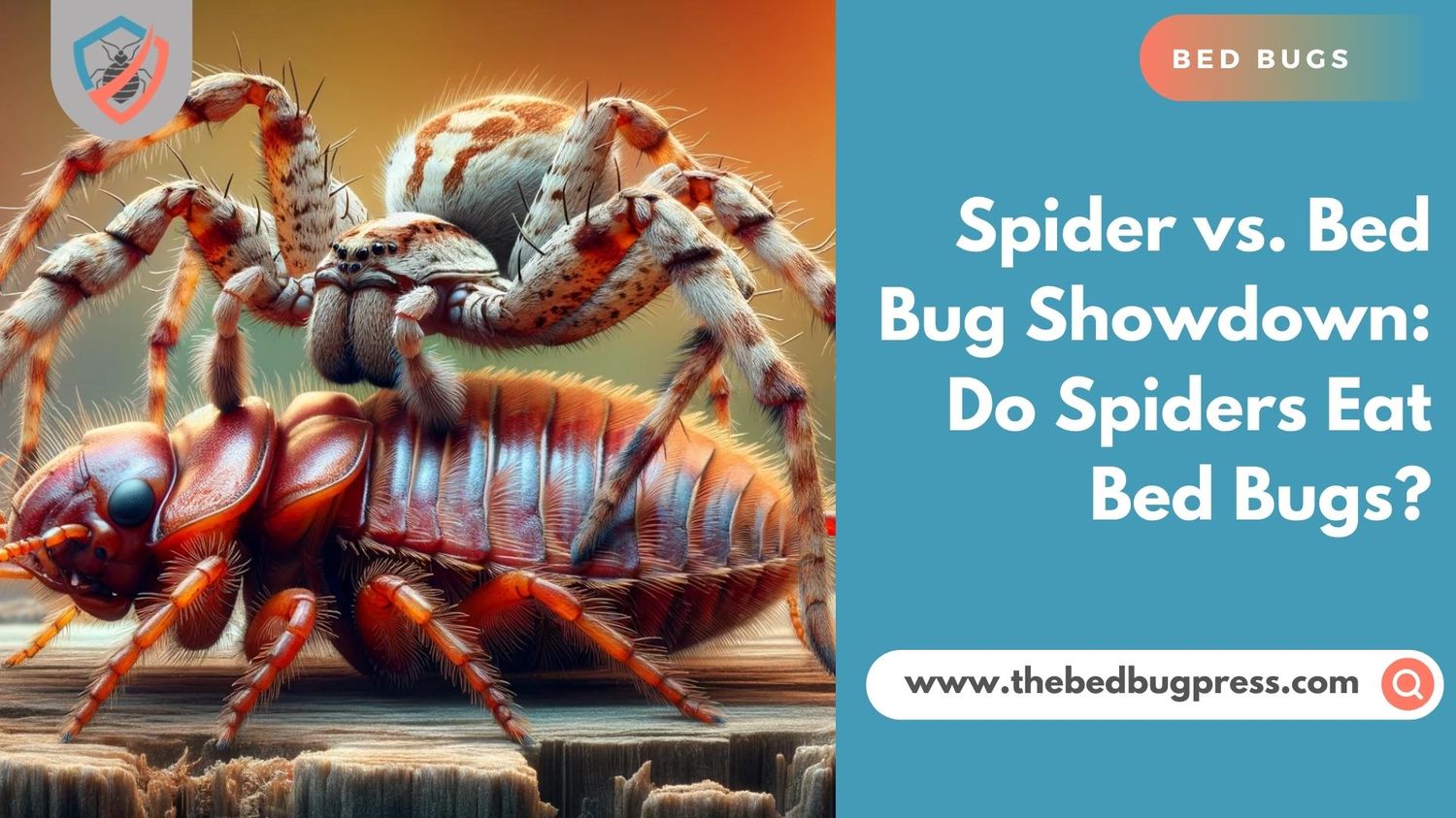Bed bugs can be a real pain to deal with, and it’s no wonder that people are always looking for new ways to get rid of them.
But have you ever wondered if bed bugs can be drowned? It’s a common question and one that we’re here to answer for you in the most friendly and approachable way possible! So sit back, relax, and let’s dive into the world of bed bug elimination together.
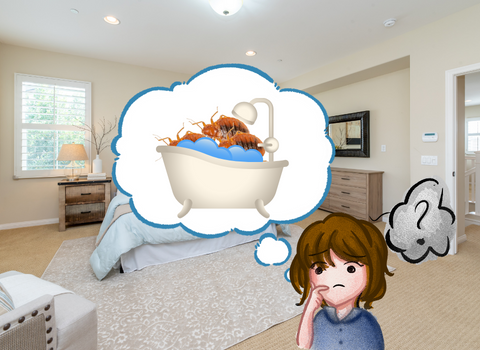
The Relationship Between Bed Bugs and Water
When it comes to bed bugs and water, there are a few things you should know. First, bed bugs live and can survive for quite some time without food or water. They can go for months without feeding, which is one of the reasons why they’re so difficult to get rid of.
But what about water? While bed bugs don’t need water to survive as humans do, they can still be affected by it.
When bed bugs encounter water, their movement becomes slower and more lethargic. This is because their exoskeletons become heavier when wet, making it harder for them to move around.
So, while water won’t necessarily kill bed bugs outright, it can certainly make them more vulnerable and easier to deal with. However, simply submerging your various bed bug-infested clothes and belongings in water probably isn’t going to cut it when it comes to eliminating these pesky insects from your home.
Thirsty Pests: Understanding Bed Bug Hydration
When it comes to understanding bed bugs, hydration might not be the first thing that comes to mind. However, it’s an important factor to consider when dealing with these pests.
As we mentioned earlier, bed bugs can survive for quite some time without food or water. But that doesn’t mean they don’t need water at all. Bed bugs require moisture to molt and reproduce.
So where do bed bugs get their water? In natural environments, bed bugs would typically get their moisture from the blood of their hosts. However, in indoor settings where there are no hosts available, they may seek out other sources of water such as condensation on pipes or even droplets of water left behind by humans.
Understanding how bed bugs feed and hydrate themselves is an important part of developing effective pest control strategies. By eliminating sources of moisture and making sure your home is dry and well-ventilated, you can make it harder for these thirsty pests to thrive in your space.
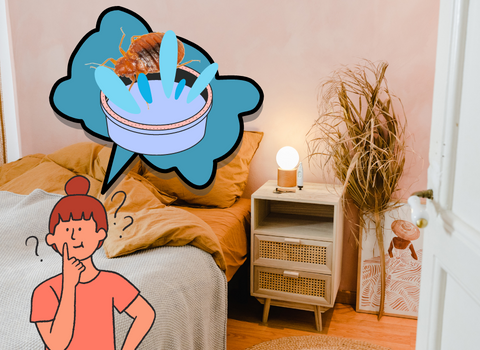
Can You Drown Bed Bugs? Separating Fact from Fiction
The idea of drowning bed bugs might seem like an appealing solution for those dealing with an infestation. However, the reality that bed bugs die is a bit more complicated than that.
While it’s true that bed bugs can be slowed down by the water and have difficulty moving around when they’re wet, simply submerging them in water isn’t going to be enough to kill them. Studies have shown that bed bugs are capable of surviving for several days when fully submerged in water.
So while water can certainly make it easier to catch and dispose of bed bugs, it’s not a foolproof method for getting rid of them completely.
It’s also worth noting that attempting to drown bed bugs on your own can be dangerous if you don’t know what you’re doing. If you’re dealing with a serious bed bug problem or infestation, it’s best to leave the extermination process to the professionals who have the experience and equipment necessary to handle the situation safely and effectively.
Holding Their Breath: How Long Can Bed Bugs Survive Underwater?
Bed bugs are not adapted to living in water and can drown if submerged for an extended time. However, they do have some ability to survive underwater for short periods.
Research has shown that bed bugs can survive for up to 20 minutes when fully submerged in water. During this time, they may be able to hold their breath or enter a state of suspended animation where their metabolism slows down and they use less oxygen.
Remember that the survival time of bed bugs underwater can vary depending on several factors, such as the temperature and quality of the water, as well as the life stage and health of the individual bug. Additionally, bed bugs that are exposed to moisture but not fully submerged may still be able to survive for longer periods.
Sink or Swim: What Happens When Bed Bugs Encounter Water?
When it comes to using hot or boiling water to kill bed bugs, the temperature is a crucial factor to consider. Here’s what you need to know about the effectiveness of hot and cold water on these pesky pests:
The Heat is on: What Temperature Kills Bed Bugs in Water?
When it comes to using water to kill bed bugs, the temperature is a crucial factor to consider. Here’s what you need to know about the effectiveness of hot and cold water on these pesky pests:
Hot or not? Can Hot Water Kill Bed Bugs
Bed bugs are known to be sensitive to high temperatures, which is why heat treatment is often used as a method of extermination.
When it comes to using water, research has shown that exposing bed bugs to temperatures of 113°F (45°C) for at least 90 minutes can be effective in killing them. However, this temperature may not be practical or safe for all materials and surfaces.
Boiling Over: Exploring the Effectiveness of Boiling Water on Bed Bugs
While boiling water might seem like a quick and easy solution for getting rid of bed bugs, the reality is that it’s not very effective.
Even if you were able to pour boiling water directly onto a bed bug, it would likely only cause minor damage rather than killing the insect outright. Additionally, pouring boiling water on your furniture or mattress could cause serious damage or even start a fire.
Too Cold for Comfort? Examining the Impact of Cold Water on Bed Bugs
While bed bugs can survive for extended periods without food or water, they are still susceptible to extreme temperatures. However, research has shown that exposing bed bugs to cold temperatures alone (such as placing infested items in a freezer) may not be enough to completely eradicate them.
Ultimately, while using hot or cold water may have some impact on reducing the number of bed bugs in your home, it’s unlikely to be enough on its own.
Instead, it’s important to work with a pest control professional who can develop an integrated approach that utilizes a variety of methods tailored specifically to your situation.
Taking the Plunge: Do Bed Bugs Swim in Water?
While bed bugs are known for their ability to crawl quickly across surfaces, they are not strong swimmers. Bed bugs are not adapted to living in water at all and can actually drown if submerged for an extended time.
While it’s true that bed bugs can survive for short periods when exposed to water, such as being caught in a flood or getting wet from cleaning or moisture, they are unlikely to intentionally get on the water on their own. Instead, they will typically try to avoid water and seek out dry areas where they can continue to feed and breed.
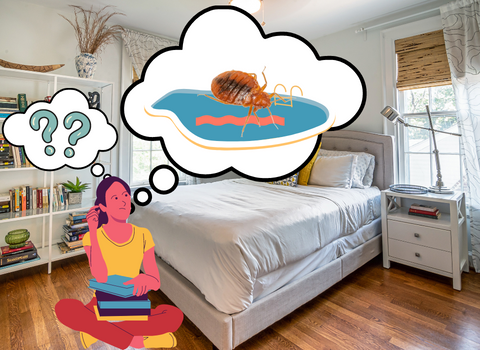
Making a Splash: Can You Use Water to Kill Bed Bugs?
While bed bugs are not adapted to living in water, simply submerging them in water is not an effective method for eliminating an infestation.
To effectively kill bed bugs, it’s best to work with a pest control professional who can develop an integrated approach that targets all stages of the bed bug life cycle using a variety of methods such as heat treatment, insecticides, and vacuuming.
In some cases, steam cleaning may also be effective at killing bed bugs and their eggs on surfaces such as mattresses, box springs, and furniture.
Wash Cycle Woes: Can Your Washing Machine Get Rid of Bed Bugs?
Washing clothes or bedding in a standard washing machine can help to kill some bed bugs immediately, but it’s not a guarantee that it will eliminate an infestation. Bed bugs can survive at a wide range of temperatures and can withstand the spin cycle of most machines.
To effectively use your washing machine as part of a bed bug treatment plan, it’s recommended to first vacuum any visible bed bugs and their eggs off the fabric. Then, wash all the bed bugs and items in hot water (at least 120°F) for at least 30 minutes. Afterward, dry them on high heat for at least 30 minutes to ensure any remaining bed bugs or eggs are killed.
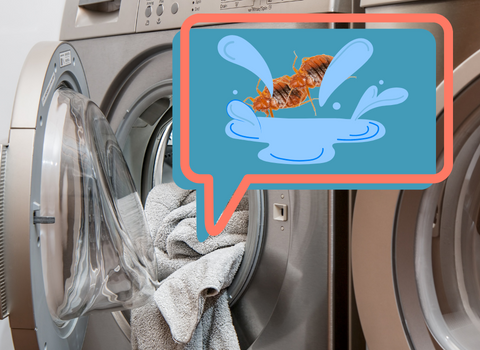
Boiling Point: Using Hot Water to Eradicate Bed Bug Infestations
While hot water can be effective at killing bed bugs, it’s not a reliable method for eliminating an infestation on its own.
To effectively use hot water as part of a bed bug treatment plan, it’s recommended to first vacuum any visible bed bugs and their eggs off the fabric. Then, wash the items in hot water that is at least 120°F for at least 30 minutes. Afterward, dry them on high heat for at least 30 minutes to ensure any remaining bed bug bodies, bugs, or eggs are killed.
Putting Out the Flames: How to Eliminate Bed Bugs with Water
Water alone is not an effective method for eliminating all bed bug eggs and adult bugs. While high temperatures can kill bed bugs, simply spraying water on them or soaking infested items in water is unlikely to reach the necessary temperature to kill all bed bugs and their eggs.
A comprehensive approach that includes multiple methods such as insecticides, vacuuming, and professional pest control services is usually necessary to completely eradicate a bed bug infestation.
Steam cleaning
This can be effective in killing bed bugs and their eggs. This is one method that involves using water as part of a treatment plan, but it’s important to use a steam cleaner that produces dry steam (less than 5% moisture).
Encasements on mattresses and box springs
These can trap existing bed bugs and prevent new ones from infesting. The encasements can be washed in hot water periodically to help eliminate any trapped bed bugs.
It’s important to work with a professional pest control service when dealing with a bed bug infestation as they have the expertise and tools necessary for effective treatment to eliminate and control bed bugs.



